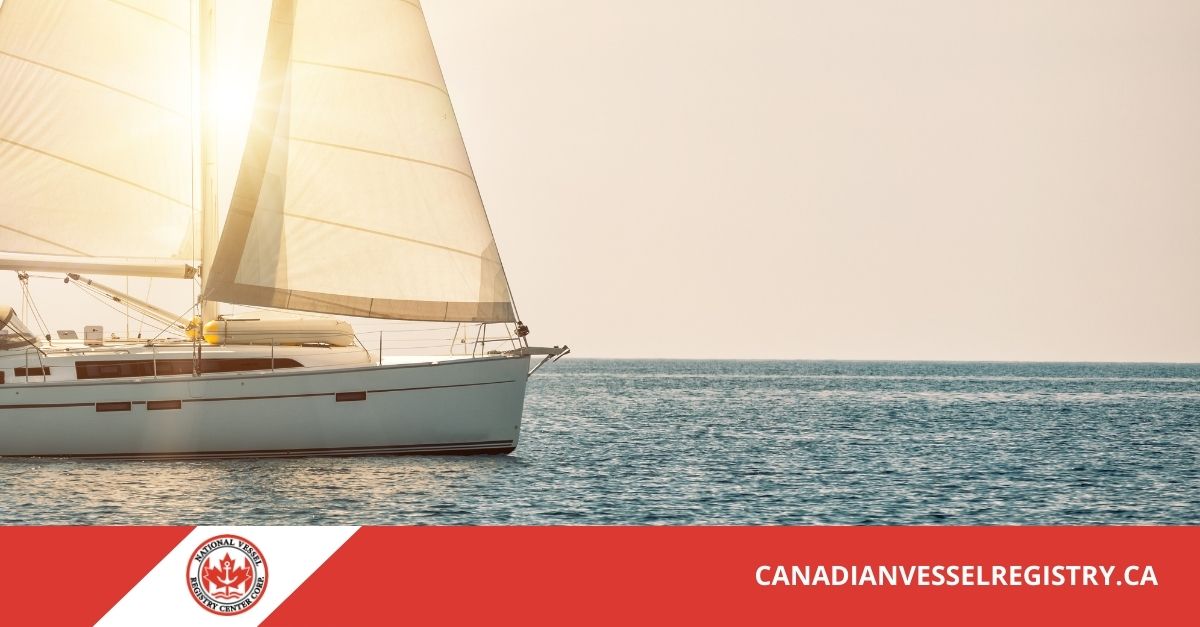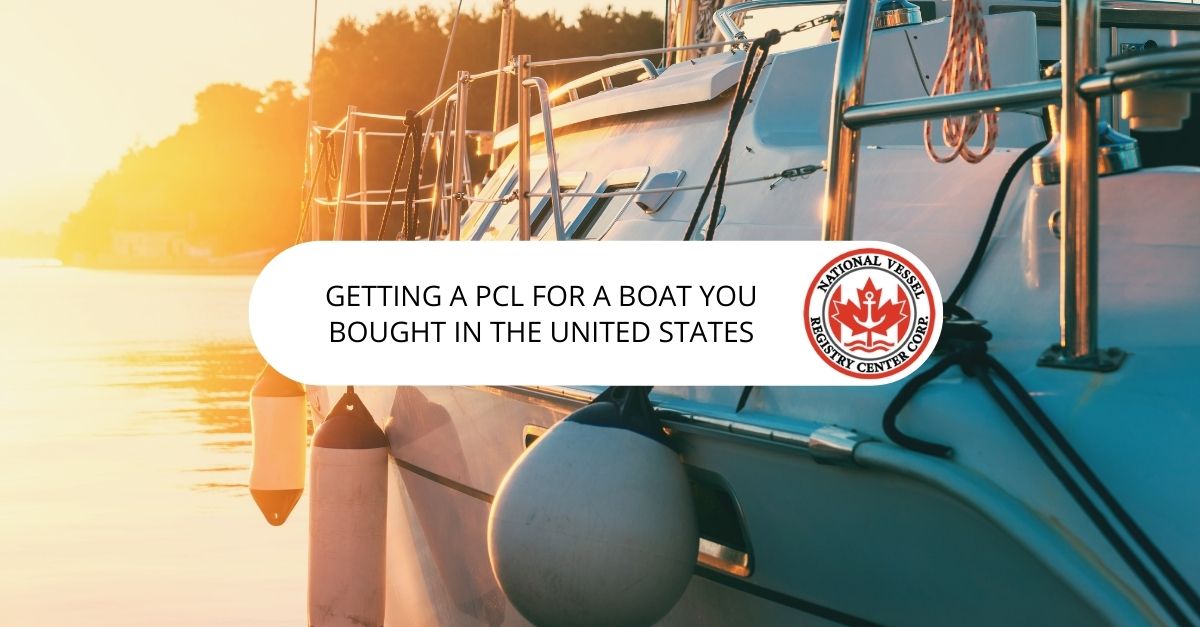If you buy a boat in the United States but wish to navigate it in Canada, you’ll need to apply for a Pleasure Craft Licence or PCL for an imported vessel. Transport Canada needs to know the origin of your vessel, whether it was built and sold in Canada or elsewhere.
To begin the process electronically, go to the Canadian Vessel Registry website and fill out the application for a PCL and indicate that your boat is foreign.
When filling out the information on the screen, you’ll indicate the boat’s country of origin and check off that it’s been imported. Whether you’ve bought your vessel in the United States Jamaica, South America, or elsewhere, you’ll need to show the boat’s origin.
Customs Clearance and Duties and Taxes
Some boat owners who buy a boat outside of Canada wonder if they might need customs clearance identification for licensing purposes. While this is not necessary, you still need to pay the duty and taxes to Canada’s Border Services Agency.
You can’t get a licence for a boat that you bought in the U.S. in both Canada and the United States. If you display both licence numbers on your boat, you could get fined. So, if you plan to operate your U.S. bought pleasure craft primarily in Canada, you need to get your PCL in Canada.
You must get a PCL for your boat if it features a 10-horsepower or 750 kW engine. This requirement is waived for boats with smaller engines or watercraft like canoes and kayaks.If you’re caught navigating a boat without a licence, you’re subject to a fine of $250.00.
After you put the paperwork through to the Canadian Vessel Registry, you’ll be notified and receive your permanent licence in about five working days (including the time it takes to mail the document). Once you receive the licence, keep the certification onboard at all times. Place the document in a plastic pouch to keep it safe. Don’t laminate the licence, as this may cause officials to question the document’s authenticity.
How and Where to Display your Licence Numbers
When displaying licence numbers on your pleasure craft, prominently display the characters in an Arabic or Roman font, spacing them equally. The letters should be at least 3 inches or 7.5 cm. Tall. You can use paint or sturdy vinyl cut-outs in a contrasting colour to the watercraft.
Show the numbers on each side of the boat’s bow above the waterline.
Types of Supporting Documents
To submit a PCL application, you’ll need supporting documents in the form of the following:
- Proof of ownership (bill of sale)
- Signed copies of a valid government-issued ID from each owner on the PCL
- A current total side-view colour photo of the boat
- A third-party authorization letter, if required. This letter applies to applicants who are not owners of a pleasure craft but are applying on behalf of a boat owner.
When filling out the form online, you’ll need to fill out vessel information and owner information.
When you’re uploading supporting documents, you’ll need to make sure they’re in the right file type. However, don’t worry, as filling out the application and including the supporting paperwork is pretty user-friendly.
Renewal of Your PCL
Your PCL will last 10 years before it comes up for renewal again. At that time, you’ll receive notice about two weeks before the expiry date. If you don’t receive a notice, it may be because you have not updated some information. If this happens, it may invalidate your licence. So, make sure you stay current on any changes with respect to your boat and licence.

Apply at the Canadian Vessel Registry
You can simplify the process for a PCL for an imported vessel. Visit the Canadian Vessel Registry – your go-to, one-stop source for registering or obtaining a PCL for an imported vessel.

